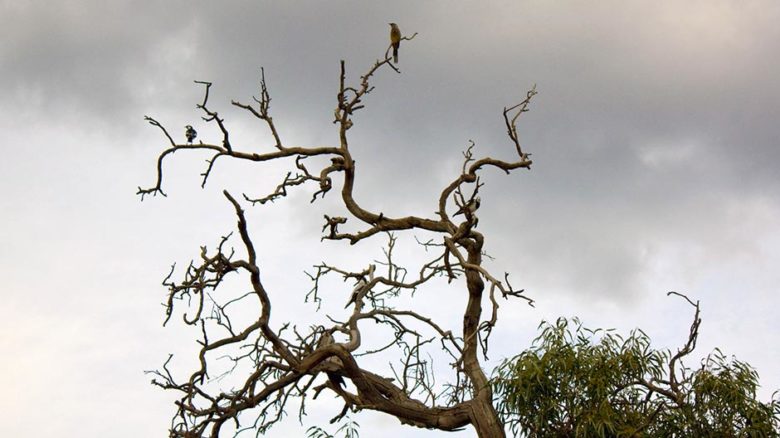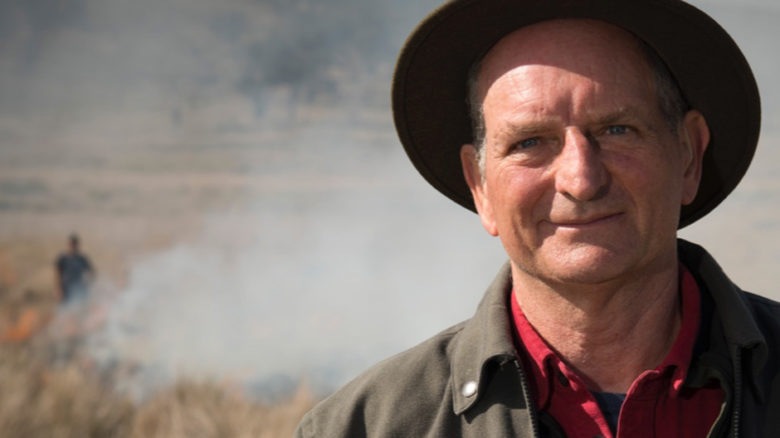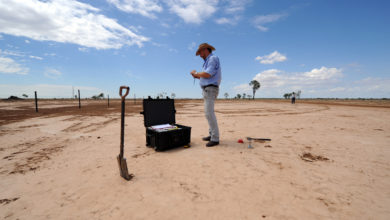
The Foreground five: Our most-read stories in January
Amid the continuing bushfire crisis in Australia and growing understanding of the impacts of climate change on everyday life, readers sought policy analysis and expert opinion on the links between fire, climate change, health and habitat.
1. Australia’s bushfire catastrophe: The real problem isn’t ‘woke greenies’, but a refusal to plan for the worst
It’s time Australia’s federal government accepted that climate change is driving ever worsening weather extremes and that the country needs a practical and systematic plan of action to address them.
2. What good is a dead tree?
Dead trees can be very good indeed at providing support for native wildlife. In Australia, a country where animal species are under growing pressure from the extreme effects of climate change, preserving this habitat is crucial to species survival and ecological resilience.

Burnt Mountain Ash in Murrindindi Scenic Reserve, Victoria. Photo: Doug Beckers

A dead branch of a Eucalyptus camaldulensis (river red gum) plays pitstop for assorted bird life. Photo: Rexness

The endangered southern brown bandicoot is doing well in urban wildlife corridors created by infrastructure provision in Melbourne's suburbs. Photo: John O'Neill

Professor David Bowman, pyrogeographer.

A tapestry of richly varied planting is distributed around and between Bendigo Hospital seating. Photo: OCULUS
3. Pyrogeographer David Bowman on the art and science of living with fire
Professor David Bowman has made the study of fire his life’s work – from its ecological to its cultural dimensions. He talks with Foreground about how we might begin to create ‘fire safe havens’ in a burgeoning ‘fire scary’ world.
4. Endangered bandicoots survive and thrive in urban sprawl
Research is showing that bandicoots can adapt to living well in urban infrastructure corridors. It’s time to rethink urban design priorities. Catering for wildlife by providing linear green strips makes our lives richer too.
5. Designing the healthy city
Evidence is growing that many of our cities qualify as everything from ‘obesogenic’ – as encouraging unhealthy levels of weight gain – to ‘depressogenic’ – as leading to poor mental health. What can design do to help?


